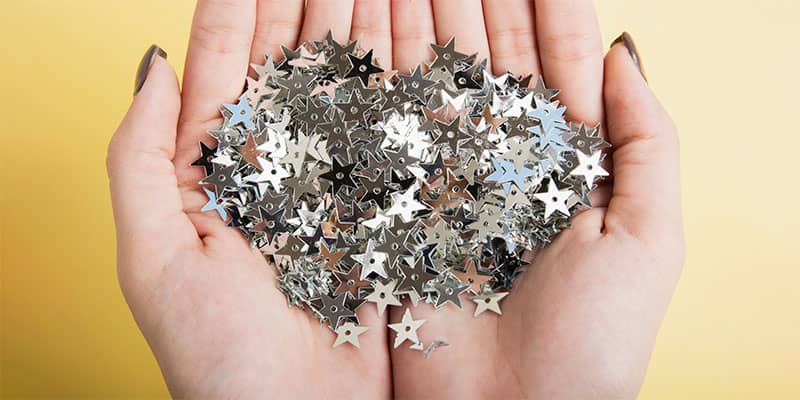What are lead and nickel?
Lead is a soft, silvery metal that’s used in jewelry and products to create shiny surfaces. It can be found mainly in the form of an alloy with tin, antimony, and copper. Nickel is also a metal that’s used in jewelry and products to create shiny surfaces. It’s typically mixed with other metals or alloys as well, like iron or chromium. These metals are heavy enough that they can slip past the body’s natural defense system and enter through the skin or the mouth. They have been linked to health problems such as brain damage and neurological disorders, reproductive issues, respiratory issues, allergic reactions, developmental problems for children who come into contact with these metals around childbirth, kidney damage, high blood pressure (hypertension), cancerous tumors in children exposed to these metals during pregnancy
Why is it important to know about lead and nickel in jewelry?
Heavy metals, like lead and nickel, are present in many everyday products that we use. They can cause gastrointestinal problems, weakened bones, and even neurological damage. These standards help consumers understand what they’re getting when they purchase jewelry. If you’re concerned about the heavy metal levels in your home or work environment and trying to reduce exposure, becoming more aware of lead and nickel in jewelry is a good place to start!
There’s only one way to be absolutely certain you’re getting a lead and nickel free piece of jewelry.
To avoid the risk of exposure, you can only be sure that a piece is lead and nickel free if the jewelry maker or retailer offers this information. It’s important to know that not all retailers who sell these kinds of pieces will have this standard included in their listings. If you have a specific brand in mind, it’s best to check with them before purchasing to make sure they are lead and nickel free.
The most popular standard for jewelry labeling
The most popular standard for labeling jewelry is standards set by the National Institute of Occupational Safety and Health (NIOSH). This standard is called the nickel-free standard. It has a lead threshold that is 10 times lower than the American Conference of Governmental Industrial Hygienists (AEGL), so it’s a bit less strict. In general, any jewelry with an NIOSH rating should be lead free, but you should still research to make sure the piece meets other standards as well.
Which metals pose the greatest health risk?
Lead and nickel are both known to cause health problems, such as stomachaches, neurological issues, and bone fractures. However, there is some conflicting information when it comes to the dangers of lead. On one hand lead is a major source of exposure to children. However, on the other hand it has been found that low levels of lead in the blood can actually be beneficial for people who have high blood pressure or heart disease. The best thing to do is try to avoid these metals altogether by choosing jewelry that is made in a way that will not allow them into your home or work environment in the first place!
A more specific standard for earrings
An example of a lead and nickel free earring standard is the ASTM F963 standard. It outlines the amount of these heavy metals that are allowed to be in a pair of earrings. The ASTM F963 standard gives each type of earring their own limit. For example, they must not have more than 5 milligrams of lead or more than 2 milligrams of nickel per pair of earrings, according to this standard. The ASTM F963 standard also says that if the earrings are being made from sterling silver, then there is no limit on the amount of lead or nickel allowed in them. This means that these standards can help consumers feel confident that they’re getting what they pay for when it comes to jewelry! If you’re looking for other ways to keep your family safe from exposure to lead and nickel, speak with your doctor about using products like mouth guards or eating less processed foods.
Which metals pose the least health risk?
The three metals that pose the least health risk are silver, copper, and gold. These metals have very low levels of lead and nickel when they’re converted into jewelry. Silver is the most naturally occurring metal on earth. It is a colorless and soft metal which doesn’t corrode easily or tarnish. It has high antibacterial properties which make it a great solution for those with allergies or sensitivities to certain materials. These properties make it a perfect option for your jewelry because it won’t react with your skin or cause any irritation like other metals might. Copper is also one of the best metals to use because of its durability, beauty, and affordability. This metal is resistant to corrosion and can be melted at high temperatures without losing any of its strength or ability to conduct electricity. Because of these qualities, this metal has been used in many products such as electrical wiring and plumbing systems because it can resist corrosion from water and heat better than other metals! Gold is another popular choice due to its beauty, rarity in nature, durability, affordability, and conductivity. The atomic structure of this element makes it an excellent conductor for electricity so you don’t have to worry about your body being able to absorb it through wires. In addition, gold’s resistance to corrosion means it can last longer even when exposed to all types of chemicals at work!
Conclusion
When wearing jewelry, it’s important to understand the risks associated with the metals used in the piece. Lead is especially dangerous and should be avoided at all costs. There are other metals that are less dangerous, but it’s best to avoid them all together.
